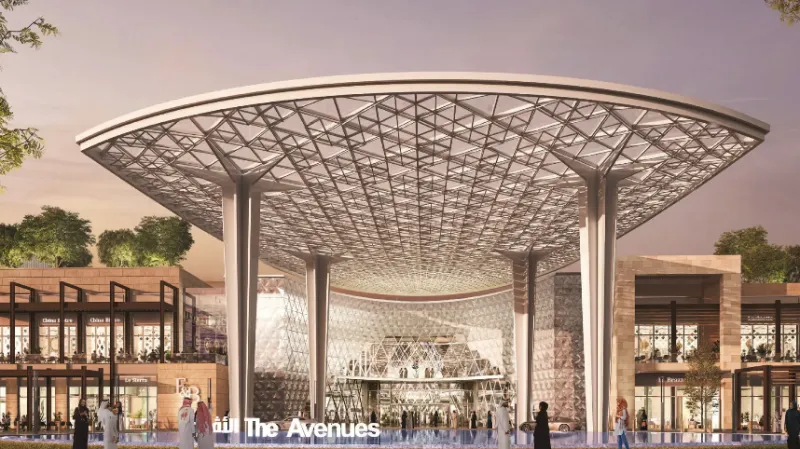
Dubai Q2–Q3 2025: Supply Rising, Rents Leveling—Is the Market Maturing?
Dubai’s housing market is still busy—but it’s starting to behave like a grown-up. Completions are picking up, off-plan sales remain dominant, and rent growth has cooled from the breakneck pace of 2022–24. Several researchers now flag “moderation” across select communities, even as overall demand stays firm.
Supply: the pipeline is finally arriving
Why it matters: This is the first cycle phase since the pandemic where completions are consistently catching up with launches. In past Dubai cycles, that’s when pricing/rents typically flatten unevenly—first in outer or older stock, later in prime.
Rents: growth is now modest—and flat in some villa districts
- Citywide trend: ValuStrat’s rental index rose ~1% QoQ and ~6% YoY in Q2, with villa asking rents broadly flat quarter-on-quarter—clear evidence of easing momentum versus 2023–24.
- Broker/consultant reads: JLL notes new supply + affordability + updated rental rules are “helping stabilise rent increases”, especially for older or secondary-location stock. CBRE likewise flags “signs of moderation” in both sales and rental values in select communities.
Bottom line: Rent inflation hasn’t vanished, but the heat is coming out of the market—most visibly in larger villas and dated apartments.
Sales: off-plan still in the driver’s seat
- Record volumes: Q2 was exceptional. Knight Frank reports >50,000 residential transactions in Q2 and ~94,500 in H1 (+27% YoY). Off-plan dominated activity.
- Off-plan surge: ValuStrat counted ~37,000 off-plan deals in Q2—a cycle high—alongside a pickup in ready-home deeds.
- Q3 read-through: Early Q3 dashboards (industry/broker reports) suggest another strong quarter for transactions, still led by off-plan. That said, several analysts warn the glut risk is greatest in lower-end apartments as deliveries ramp.
Is a gentle cool-down coming?
External risk radars, which include ratings agencies and global media outlets, are now indicating a potential price dip extending into 2026 if the anticipated supply levels materialize as expected. It’s important to note that this is not a signal of an impending crisis; rather, it serves as a maturity and normalization call following an extraordinary period of growth and volatility. This shift suggests a return to more stable market conditions after an unprecedented surge in prices.
Neighborhood signals to watch (framework)
- Power corridors with new transit/civic projects (e.g., Blue Line influence areas) may keep outperforming as connectivity improves.
- Secondary/older stock faces the quickest rent/price plateau as tenants trade up to new completions.
- Villa districts: rent growth has cooled most, but scarcity in top-tier, family-friendly zones still supports values.
What this means for buyers vs. investors (auto-summary)
Buyers
- Pros: More choice as completions rise; better negotiating room on dated stock; rent stabilisation reduces “buy now or be priced out” pressure.
- Cons: Prime/new-build pricing still firm; mortgage costs haven’t fallen enough to transform affordability.
Investors
- Pros: Off-plan remains liquid with deep launch calendars; strong population inflows underpin occupancy.
- Cons: Yield compression risk in mass-apartment segments as deliveries hit; stricter tenant preferences for quality/amenities. Select areas could see flat/soft rents through 2026 if supply peaks.
Sources & further reading
- ValuStrat Q2 2025: off-plan volumes, rental index (+1% QoQ), villa rent stability, 2025 delivery schedule. Enterprise News
- JLL Q2 2025: rent stabilisation drivers; moderation in older/secondary stock. JLL
- CBRE Q2 2025: early moderation in sales and rental values in some communities. CBRE
- Cavendish Maxwell H1 2025: under-construction and 2026–27 delivery outlook. Cavendish Maxwell
- DLD/H1 2025: 24 projects completed; 726 under construction. Government of Dubai Media Office
- Knight Frank Q2/H1 2025: record volumes (Q2 >50k; H1 ~94.5k). Knight Frank AE
- Macro risk views (Fitch; FT features): potential 2026 price dip if supply crests; flipper stress in some segments. Reuters+1
Tommy is a property-passionate journalist who covers the forces shaping housing and the built environment. With a data-driven approach and a reporter’s curiosity, he writes on market cycles, urban development, PropTech, and policy—always connecting numbers to everyday lives. [Name]’s work blends clear analysis with on-the-ground reporting to help readers navigate trends, opportunities, and risks across residential and commercial real estate.




